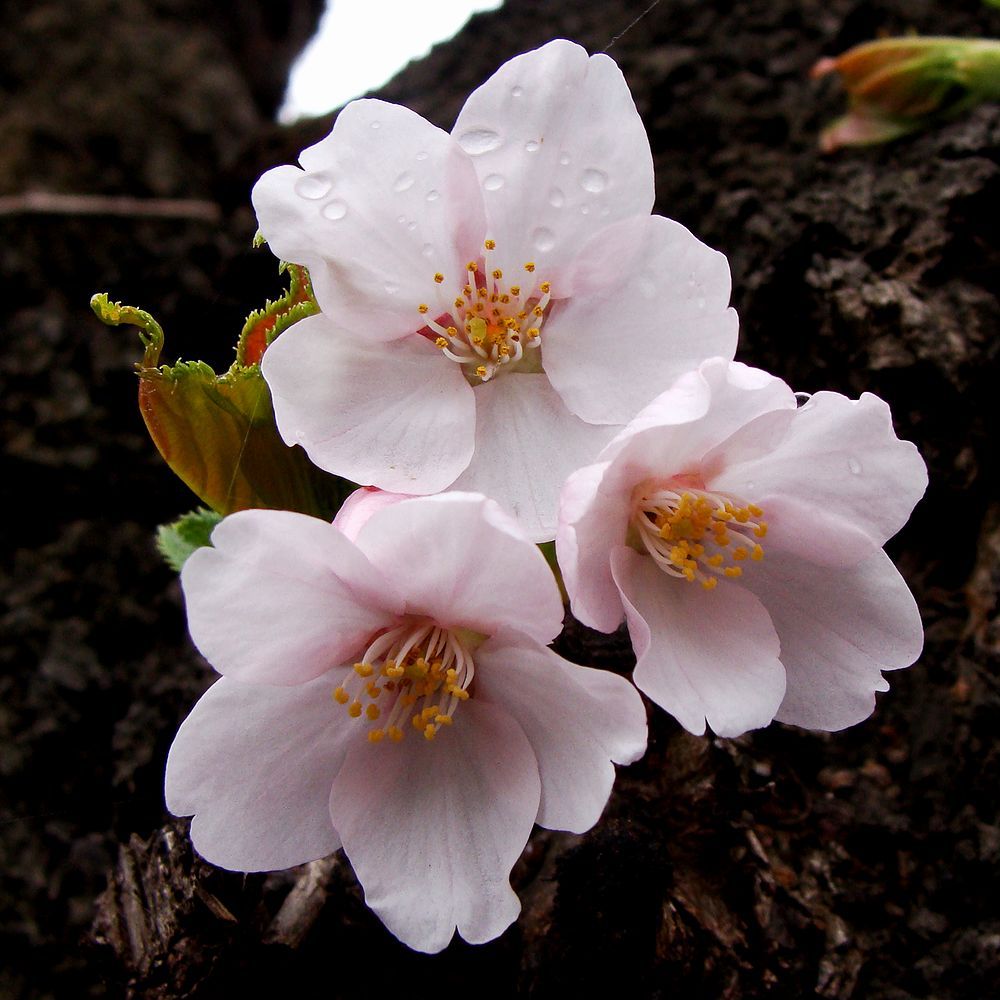For Immediate Release - May 22nd, 2018
Friendship - Ikebana Exhibition will be held at the Halifax Central Library lobby this coming weekend (May 26-27).
Ikebana is the art of Japanese floral arrangement. Although ubiquitous in Japan, authentic ikebana is not often seen in Halifax. This exhibition offers a rare glimpse of what ikebana is like...and a glimpse of one facet of Japanese culture.
2018 is the 90th anniversary of Japan-Canada diplomatic relations. Across Canada, there are many events happening to commemorate this milestone. Through this exhibition, Halifax joins in the Canada-wide celebrations.
More information about the 90th anniversary here.
List of other events in our region here. (Note that NS is overseen by the Consulate General of Japan in Montreal.)
The exhibition will be presented by Miyako Ballesteros (Sogetsu School of Ikebana) and her students. Back in 2008, Miyako held her first solo exhibit in Halifax in commemoration of the 80th anniversary of Japan-Canada diplomatic relations! From then on, she started teaching ikebana and now 10 years later, she and her students will share with Halifax their ikebana.
Admission is free.
Friendship - Ikebana Exhibition
May 26th (Sat) 12 - 6 p.m.
May 27th (Sun) 12 - 5 p.m.
(Short live demonstration on Sunday, 2 p.m.)
At the Halifax Central Library lobby. (5440 Spring Garden Rd., Halifax NS)
We hope to see you there.




![Plum blossom.By Kakidai (Own work) [CC BY-SA 3.0 (https://creativecommons.org/licenses/by-sa/3.0)], via Wikimedia Commons](https://images.squarespace-cdn.com/content/v1/4f3d5c5ad09afe633f90b003/1521834569115-N3VJ3B5XNXT0HXPQSTQB/Prunus_mume.JPG)
